Tristan
Has No Life - Lives on TB
Of course it's Kabuki.
As designed.
"Cleaner" may not be a official job title in Gobt., but they have plenty of them working the problem.
And I'm not talking Custodial Services.
Last edited:
Conspiracy theorists like Ed Dowd?Is this true? Quote - "Deaths from the vaccines are vanishingly rare, despite claims from some conspiracy theorists that vaccines have led to a spike in mortality rates.
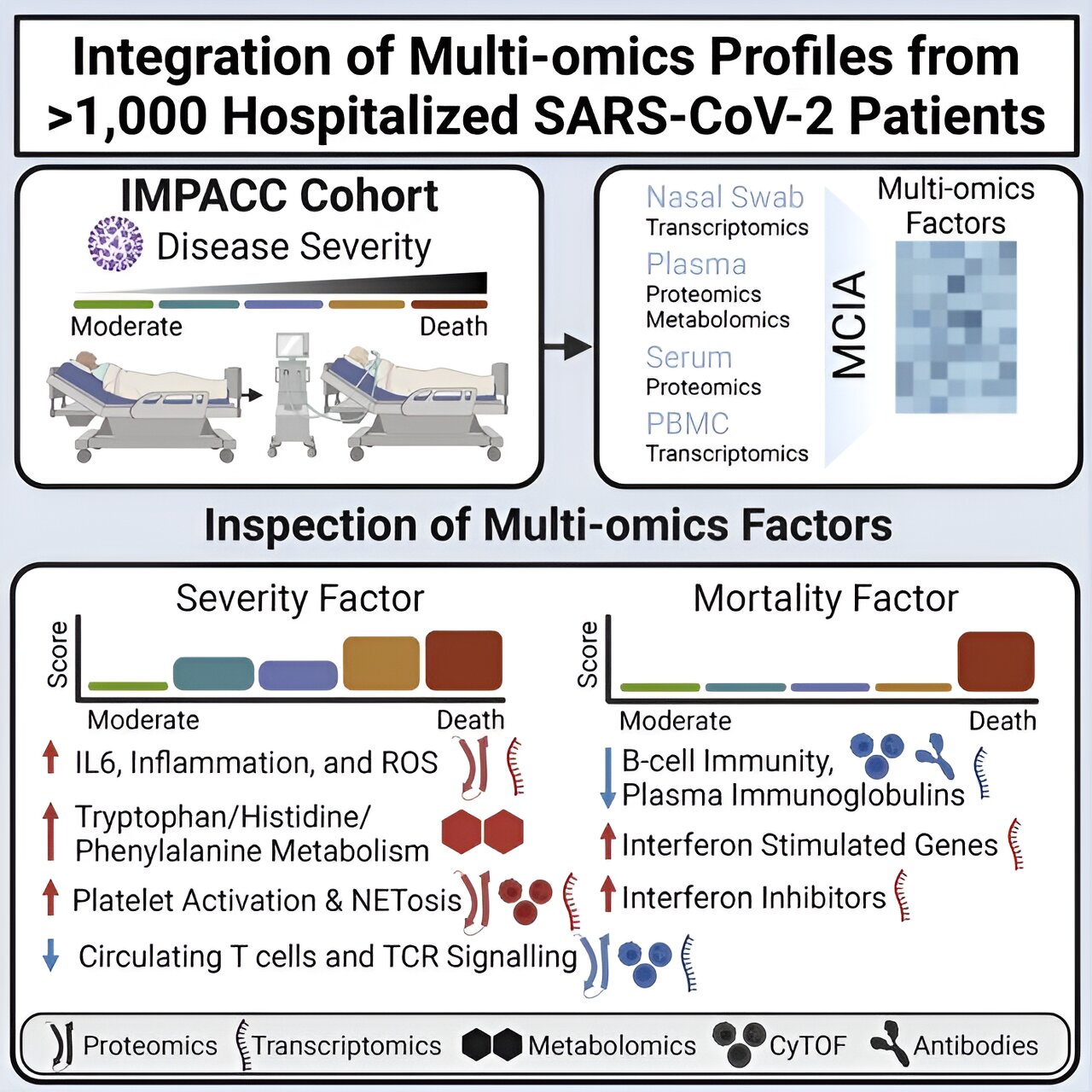


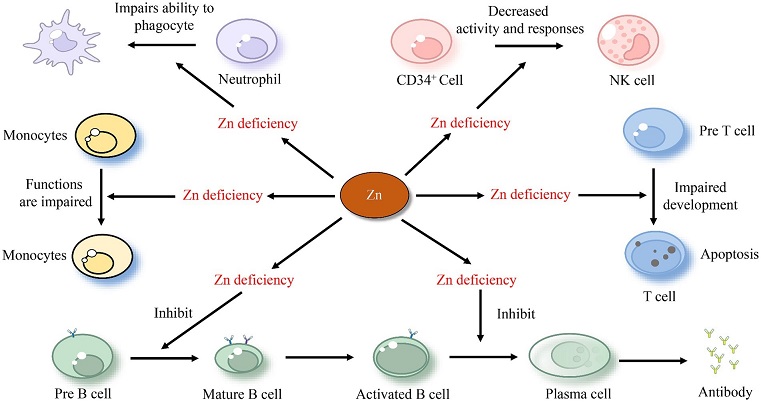
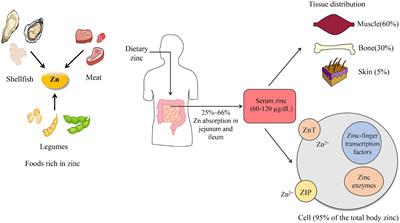
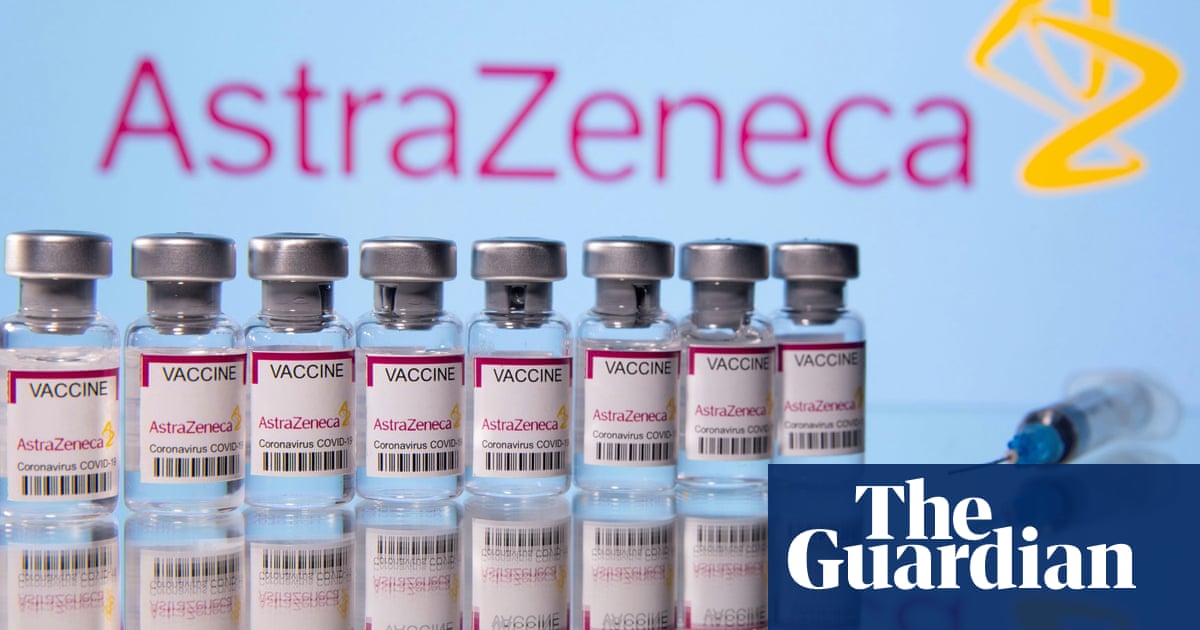
 oh, and it's not like we didn't already know this... but this is more 'official' than the woo conspiracy realists.
oh, and it's not like we didn't already know this... but this is more 'official' than the woo conspiracy realists.
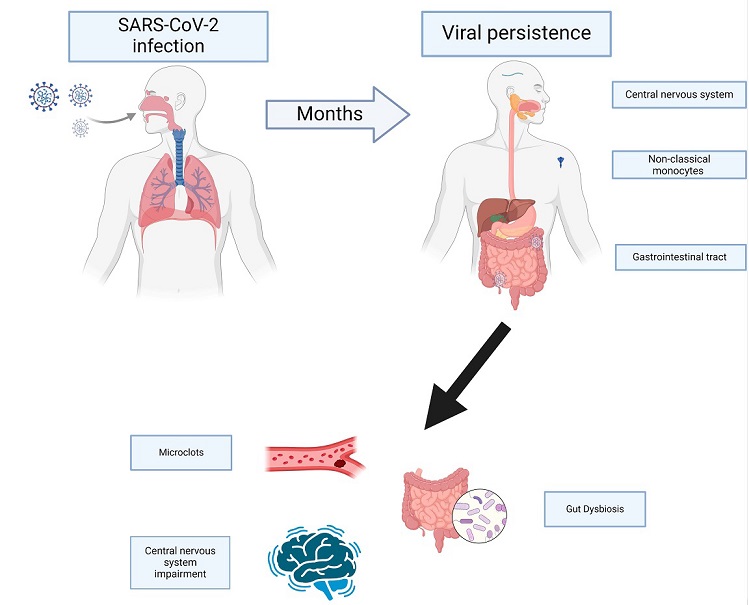
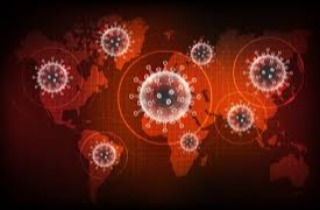
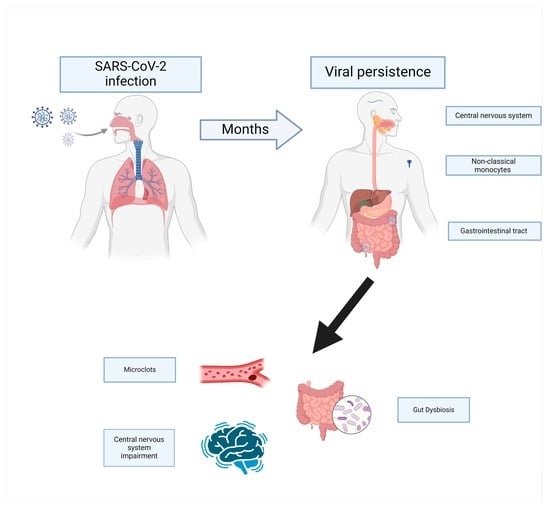


 www.voiceforscienceandsolidarity.org
www.voiceforscienceandsolidarity.org
So how were they getting by BEFORE Covid dollars???


So evil(fair use applies)
“Scarf Lady” Dr. Deborah Birx Now Says Thousands of Americans Could Be Vaccine Injured by the COVID Shot (VIDEO)
by Jim Hoft
May. 9, 2024 10:30 am
Dr. Deborah Birx, the former White House coronavirus response coordinator who destroyed the country along with Dr. Anthony Fauci, suggested that thousands of Americans could be suffering from vaccine-related injuries due to the experimental COVID-19 shots.
Cuomo opened the discussion with Birx by addressing AstraZeneca’s withdrawal of its COVID-19 vaccine from the U.S. market.
“Doc, AstraZeneca made a headline today, pulling the vaccine. They say it’s because the demand curve isn’t there anymore. Others suggest it’s due to the inferiority of their product. What’s your take?”
“They were very effective for what they were supposed to be used for, which was preventing severe disease and hospitalization or deaths. That’s what the vaccines were studied to do in this country, and that’s what they did,” Birx answered.
This is a blatant lie. The COVID-19 vaccines were initially presented to the public as a way to provide immunity and stop the spread of the virus. However, as vaccinated individuals continued to contract COVID-19, it became apparent that the vaccines weren’t producing immunity as expected.
In September 2021, almost a year after Emergency Use Authorization (EUA) approval, the CDC altered its definition of vaccines and vaccination.
At the time the Covid-19 vaccines were developed and studied, the definition of vaccines was clear. According to the Centers for Disease Control and Prevention (CDC), a vaccine was defined as “a product that stimulates a person’s immune system to produce immunity to a specific disease, protecting the person from that disease.” Vaccination was defined as “the act of introducing a vaccine into the body to produce immunity to a specific disease.”
Rather than admit the Covid vaccine is not working as advertised, CDC took a page out of Orwell’s 1984 and opted for new spin language.
The new definition of a vaccine is “a preparation that is used to stimulate the body’s immune response against diseases.”
Note the subtle but important change. Instead of “PRODUCING IMMUNITY” the new definition moves the goal posts and states that their pseudo vaccine “STIMULATES THE BODY’S IMMUNE RESPONSE.”
When Cuomo questioned whether there was reluctance to acknowledge vaccine injuries due to fear of damaging public trust, Birx responded, “That’s why we need all the people to come forward that have had reactions because I’m not sure all of them have been reported. Do I think it’s millions? No. Could it be thousands? Yes.”
“You and I both remember what happened during HIV. Hiv had a lot of misinformation, a lot of confusion, and it’s like we didn’t learn from that,” Birx added.
Dr. Birx seems to overlook the actions of her colleague, Dr. Anthony Fauci, during the AIDS crisis in the 1980s.
At that time, Dr. Fauci made public claims that suggested children could contract AIDS through casual contact, a statement that significantly heightened public fear and stigma towards the gay community and those suffering from the disease. Moreover, Dr. Fauci has been accused of withholding effective treatments from AIDS patients as thousands died, focusing instead on the pursuit of a vaccine that never materialized.
WATCH:
Dr. Deborah Birx Now Says Thousands of Americans Could Be Vaccine Injured by the COVID Jab“That happens often with immunizations that if the natural disease can cause it, then it also sometimes can be seen in certain profiles of the vaccine. We should be studying that right… pic.twitter.com/LCnIg1ufmv— Chief Nerd (@TheChiefNerd) May 9, 2024
~~~~~~~~~~~~~~~~~~~~~~~~
THE EXCHANGE CAN ALSO BE VIEWED HERE (longer version of interview)
View: https://www.youtube.com/watch?v=PwBBTW6mQsc
Dr. Deborah Birx: We need a 'transparent panel' to research COVID origins | Cuomo
NewsNation
May 8, 2024
7 min 30 sec
The chair of a House subcommittee looking into the origins of COVID-19 saw classified State Department documents that he says contain credible evidence to support the claim that the virus leaked from a lab in Wuhan, China. Dr. Deborah Birx, the former coordinator of the White House coronavirus response in the early days of the pandemic, says that China was not being transparent at the time.






They really can't make up their minds.medpagetoday.com
WHO Overturns Dogma on Airborne Disease Spread. The CDC Might Not Act on It.
The World Health Organization (WHO) has issued a report that transforms how the world understands respiratory infections like COVID-19, influenza, and measles.
Motivated by grave missteps in the pandemic, the WHO convened about 50 experts in virology, epidemiology, aerosol science, and bioengineering, among other specialties, who spent 2 years poring through the evidence on how airborne viruses and bacteria spread.
However, the WHO report stops short of prescribing actions that governments, hospitals, and the public should take in response. It remains to be seen how the CDC will act on this information in its own guidance for infection control in healthcare settings.
The WHO concluded that airborne transmission occurs as sick people exhale pathogens that remain suspended in the air, contained in tiny particles of saliva and mucus that are inhaled by others.
While it may seem obvious, and some researchers have pushed for this acknowledgment for more than a decade, an alternative dogma persisted -- which kept health authorities from saying that COVID was airborne for many months into the pandemic.
Specifically, they relied on a traditional notion that respiratory viruses spread mainly through droplets spewed out of an infected person's nose or mouth. These droplets infect others by landing directly in their mouth, nose, or eyes -- or they get carried into these orifices on droplet-contaminated fingers. Although these routes of transmission still happen, particularly among young children, experts have concluded that many respiratory infections spread as people simply breathe in virus-laden air.
"This is a complete U-turn," said Julian Tang, MBBS, PhD, a clinical virologist at the University of Leicester in England, who advised the WHO on the report. He also helped the agency create an online toolopens in a new tab or window to assess the risk of airborne transmission indoors.
Peg Seminario, an occupational health and safety specialist in Bethesda, Maryland, welcomed the shift after years of resistance from health authorities. "The dogma that droplets are a major mode of transmission is the 'flat Earth' position now," she said. "Hurray! We are finally recognizing that the world is round."
The change puts fresh emphasis on the need to improve ventilation indoors and stockpile quality face masks before the next airborne disease explodes. Far from a remote possibility, measlesopens in a new tab or window is on the rise this yearopens in a new tab or window and the H5N1 bird fluopens in a new tab or window is spreading among cattleopens in a new tab or window in several states. Scientists worry that as the H5N1 virus spends more time in mammalsopens in a new tab or window, it could evolveopens in a new tab or window to more easily infect people and spread among them through the air.
Medical News from Around the Web
Traditional beliefs on droplet transmission help explain why the WHO and the CDC focused so acutely on hand-washing and surface-cleaning at the beginning of the pandemic. Such advice overwhelmed recommendations for N95 masks that filter out most virus-laden particles suspended in the air. Employers denied many healthcare workers access to N95s, insisting that only those routinely working within feet of COVID patients needed them. More than 3,600 healthcare workers diedopens in a new tab or window in the first year of the pandemic, many due to a lack of protection.
However, a committee advising the CDC appears poised to brush aside the updated science when it comes to its pending guidance on healthcare facilities.
Lisa Brosseau, ScD, an aerosol expert and a consultant at the Center for Infectious Disease Research and Policy in Minnesota, warns of a repeat of 2020 if that happens.
"The rubber hits the road when you make decisions on how to protect people," Brosseau said. "Aerosol scientists may see this report as a big win because they think everything will now follow from the science. But that's not how this works and there are still major barriers."
Money is one. If a respiratory disease spreads through inhalation, it means that people can lower their risk of infection indoors through sometimes costly methods to clean the air, such as mechanical ventilation and using air purifiers, and wearing an N95 mask. The CDC has so far been reluctant to press for such measures, as it updates foundational guidelines on curbing airborne infections in hospitals, nursing homes, prisons, and other facilities that provide healthcare. This year, a committee advising the CDC released a draft guidanceopens in a new tab or window that differs significantly from the WHO report.
Whereas the WHO report doesn't characterize airborne viruses and bacteria as traveling short distances or long, the CDC draft maintains those traditional categories. It prescribes looser-fitting surgical masks rather than N95s for pathogens that "spread predominantly over short distances." Surgical masks block far fewer airborne virus particles than N95s, which cost roughly 10 times as much.
Researchers and healthcare workers have been outragedopens in a new tab or window about the committee's draft, filing letters and petitions to the CDC. They say it gets the science wrong and endangers health. "A separation between short- and long-range distance is totally artificial," Tang said.
Airborne viruses travel much like cigarette smoke, he explained. The scent will be strongest beside a smoker, but those farther away will inhale more and more smoke if they remain in the room, especially when there's no ventilation.
Likewise, people open windows when they burn toast so that smoke dissipates before filling the kitchen and setting off an alarm. "You think viruses stop after 3 feet and drop to the ground?" Tang said of the classical notion of distance. "That is absurd."
The CDC's advisory committee is comprised primarily of infection control researchers at large hospital systems, while the WHO consulted a diverse group of scientists looking at many different types of studies. For example, one analysisopens in a new tab or window examined the puff clouds expelled by singers and musicians playing clarinets, French horns, saxophones, and trumpets. Another reviewed 16 investigations opens in a new tab or windowinto COVID outbreaks at restaurants, a gym, a food processing factory, and other venues, finding that insufficient ventilation probably made them worse than they would otherwise be.
In response to the outcry, the CDC returned the draftopens in a new tab or window to its committee for review, asking it to reconsider its advice. Meetings from an expanded working group have since been held privately. But the National Nurses United union obtained notes of the conversations through a public records request to the agency. The records suggest a push for more lax protection. "It may be difficult as far as compliance is concerned to not have surgical masks as an option," said one unidentified member, according to notes from the committee's March 14 discussionopens in a new tab or window. Another warned that "supply and compliance would be difficult."
The nurses' union, far from echoing such concerns, wrote on its websiteopens in a new tab or window, "The Work Group has prioritized employer costs and profits (often under the umbrella of 'feasibility' and 'flexibility') over robust protections." Jane Thomason, MSPH, the union's lead industrial hygienist, said the meeting records suggest the CDC group is working backward, molding its definitions of airborne transmission to fit the outcome it prefers.
Tang expects resistance to the WHO report. "Infection control people who have built their careers on this will object," he said. "It takes a long time to change people's way of thinking."
The CDC declined to comment on how the WHO's shift might influence its final policies on infection control in health facilities, which might not be completed this year. Creating policies to protect people from inhaling airborne viruses is complicated by the number of factors that influence how they spread indoors, such as ventilation, temperature, and the size of the space.
Adding to the complexity, policymakers must weigh the toll of various ailments, ranging from COVID to colds to tuberculosis, against the burden of protection. And tolls often depend on context, such as whether an outbreak happens in a school or a cancer ward.
"What is the level of mortality that people will accept without precautions?" Tang said. "That's another question."

WHO Overturns Dogma on Airborne Disease Spread. The CDC Might Not Act on It.
The report 'is a complete U-turn,' according to one expertwww.medpagetoday.com

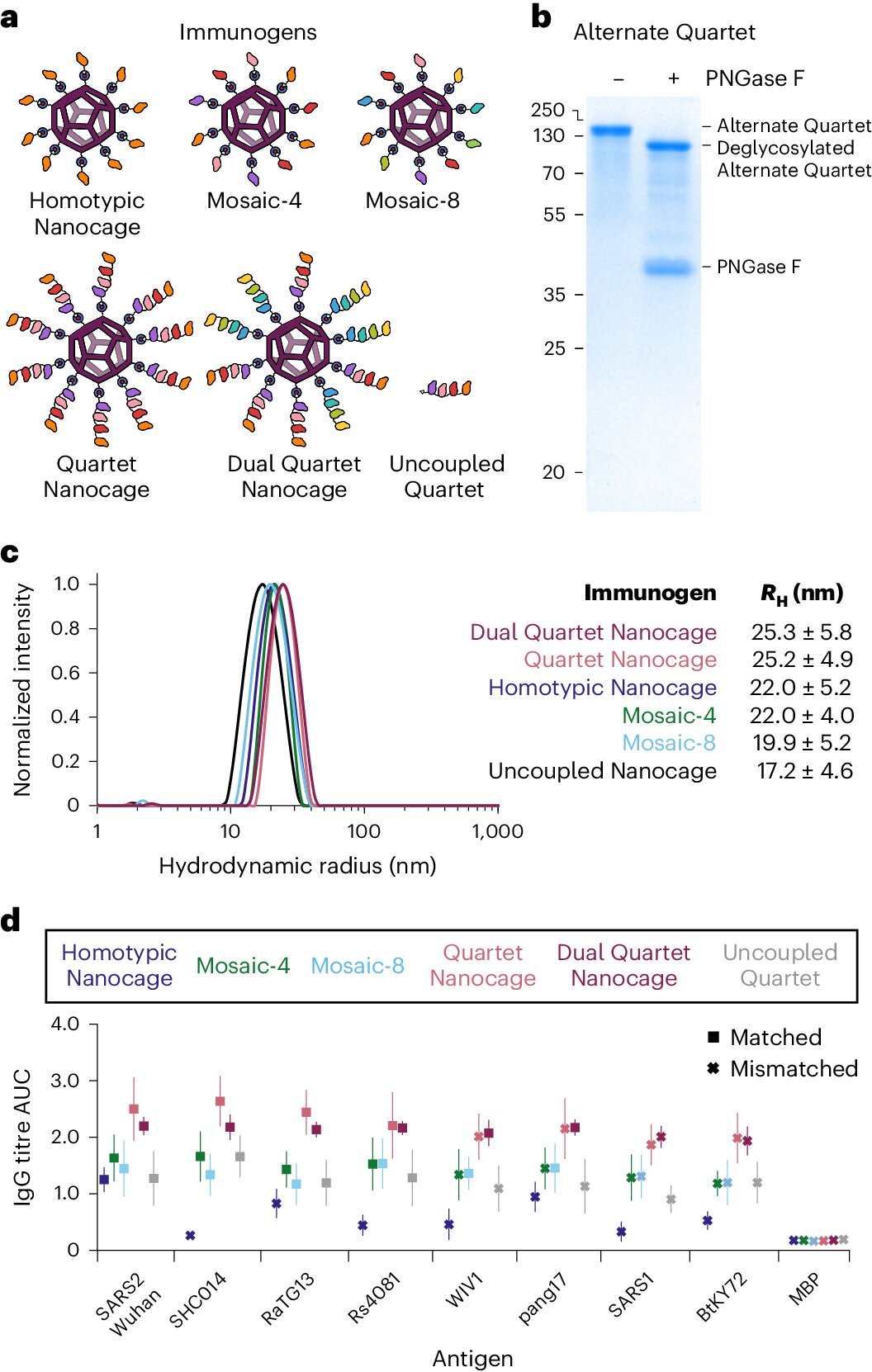


Exactly!They really can't make up their minds.
It's both. It's breathing and fomites. You need gloves and masks, and masks when out in public to protect from someone who should be staying home but decides to infect everyone because they think they're only mildy infectious and not coughing and rules don't apply to them. (I don't think a regular mask will work if a person is coughing up a high viral load. ) Changing guidance to get rid of gloves is just asking for trouble, imho. If a highly infectious disease comes around again, everyone should wear nitrile gloves when out in public and know how to use them (don't touch your face with the gloves on, etc) and how to take them off. better to be safe than sorry..
Thank you for posting this.
HD
(fair use applies)
Study finds COVID-19 vaccine can help people with heart failure live longer
Heart failure patients who are vaccinated against COVID-19 have an 82% greater likelihood of living longer than those who are not vaccinated, according to research presented at Heart Failure 2024, a scientific congress of the European Society of Cardiology (ESC), held 11–14 May in Lisbon...medicalxpress.com
Study finds COVID-19 vaccine can help people with heart failure live longer
by European Society of Cardiology
May 11, 2024
Heart failure patients who are vaccinated against COVID-19 have an 82% greater likelihood of living longer than those who are not vaccinated, according to research presented at Heart Failure 2024, a scientific congress of the European Society of Cardiology (ESC), held 11–14 May in Lisbon, Portugal. Heart Failure is a life-threatening syndrome affecting more than 64 million people worldwide.
"Patients with heart failure should be vaccinated against COVID-19 to protect their health," said study author Dr. Kyeong-Hyeon Chun of the National Health Insurance Service Ilsan Hospital, Goyang, Republic of Korea.
"In this large study of patients with heart failure, COVID-19 vaccination was associated with a lower likelihood of contracting the infection, being admitted to hospital because of heart failure, or dying from any cause during a six-month period compared with remaining unvaccinated."
Previous studies have shown the safety of COVID-19 vaccination in patients with cardiovascular diseases including heart failure, and that COVID-19 outcomes are worse in patients with heart failure compared to those without heart failure. However, there has been little research on how vaccines work specifically in patients with heart failure. This nationwide, retrospective study examined the prognosis of heart failure patients according to COVID-19 vaccination status.
This study used the Korean National Health Insurance Service database, which covers nearly all residents of the Republic of Korea, to obtain information on vaccinations and clinical outcomes. Participants who received two or more doses of COVID-19 vaccine were defined as "vaccinated," and those who were not vaccinated or had received just one dose were defined as "unvaccinated."
The study included 651,127 patients aged 18 years or older with heart failure. The average age was 69.5 years and 50% were women. Of the total study population, 538,434 (83%) were defined as vaccinated and 112,693 (17%) as unvaccinated.
To control for factors that could influence the relationship between vaccination status and outcomes, the researchers performed 1:1 matching of vaccinated and unvaccinated patients according to age, sex, other health conditions (e.g. high blood pressure, diabetes, high cholesterol, etc.), income, and region of residence. This resulted in 73,559 vaccinated patients and 73,559 unvaccinated patients for the comparative analyses.
The median follow-up was six months. Vaccination was associated with an 82% lower risk of all-cause mortality, 47% lower risk of hospitalization for heart failure, and 13% reduced risk of COVID-19 infection compared with no vaccination. Regarding cardiovascular complications, vaccination was associated with significantly lower risks of stroke, heart attack, myocarditis/pericarditis, and venous thromboembolism compared to no vaccination.
Dr. Chun said, "This was the first analysis of COVID-19 vaccine effectiveness in a large population of heart failure patients, and the first to show a clear benefit from vaccination. The study provides strong evidence to support vaccination in patients with heart failure. However, this evidence may not be applicable to all patients with heart failure, and the risks of vaccination should be considered in patients with unstable conditions."
Provided by European Society of Cardiology
Is medicalxpress one of those sources you include
